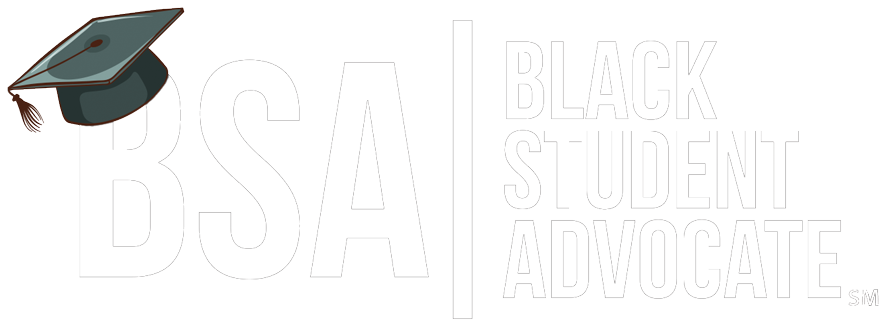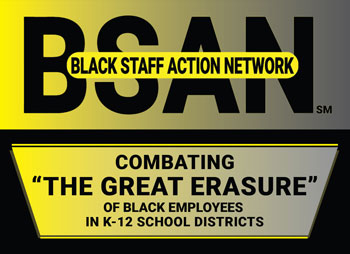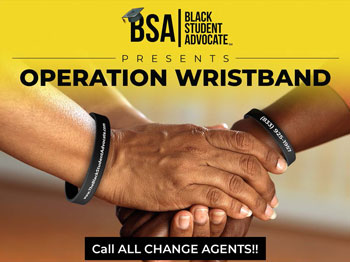Advocating for black students in schools is crucial to ensure equal opportunities and a positive educational experience for every student. However, in many schools, black students face systemic barriers that limit their academic and personal growth. To support and empower black students, various organizations, including The Black Student Advocate Network (BSAN), have been established to implement effective advocacy strategies.
Student advocacy is a way to raise awareness about the challenges faced by black students and develop strategies to address them. Effective student advocacy involves collaboration between educators, administrators, community members, and students. By implementing effective advocacy strategies, schools can create a more inclusive and equitable environment for black students to thrive.
In this article, we will explore five effective strategies for student advocacy in schools, providing practical tips and insights for educators, administrators, and community members invested in supporting black students.
1. Develop a Supportive School Culture
Creating a supportive school culture is the foundation of effective student advocacy. A supportive school culture recognizes and values the diversity of its students and fosters a sense of community and belonging. Educators and administrators must develop policies and practices that address racism and promote equity.
One way to develop a supportive school culture is to establish a diversity committee comprising educators, administrators, students, and community members. The committee can assess the school’s culture and develop strategies to address racism and promote equity. The committee can also organize events and activities celebrating diversity and promoting inclusion, such as cultural festivals and workshops.
2. Provide Professional Development for Educators
Educators play a critical role in student advocacy. They are responsible for creating an inclusive and equitable learning environment that supports all students’ academic and personal growth. However, many educators may not have the necessary skills and knowledge to address the needs of black students.
Providing professional development opportunities to educators can enhance their knowledge and skills in addressing the needs of black students. Professional development can include workshops on culturally responsive teaching, implicit bias, and anti-racism strategies. Educators can also benefit from mentoring and coaching programs that provide ongoing support and guidance.
3. Encourage Student Voice and Leadership
Student voice and leadership are essential components of effective student advocacy. Black students must be able to express their views and opinions about their educational experiences and contribute to decision-making processes. Encouraging student voice and leadership can also enhance students’ confidence and self-esteem.
Educators and administrators can encourage student voice and leadership by establishing student councils or committees that allow students to contribute to decision-making processes. These councils can also organize events and activities that promote student leadership and advocacy.
4. Establish Support Programs for Black Students
Establishing support programs for black students is another effective student advocacy strategy. Support programs can provide academic, emotional, and social support to black students, addressing their unique needs and challenges. Such programs include mentorship, tutoring, counseling, and after-school programs.
Support programs can also include partnerships with community organizations that provide resources and support to black students. Our partnerships can allow black students to engage with their community and develop valuable skills and experiences.
5. Develop Partnerships with Families
Developing partnerships with families is another effective student advocacy strategy. Black families often face systemic barriers that limit their involvement in their children’s education. Developing partnerships with families can enhance their participation and support their children’s academic and personal growth.
Educators and administrators can develop partnerships with families by establishing parent-teacher associations, hosting family engagement events, and providing resources and support to families. These partnerships also provide opportunities for families to share their experiences and perspectives and contribute to decision-making processes.
In conclusion, effective student advocacy strategies are essential to support and empower black students in schools. Developing a supportive school culture, providing professional development for educators, encouraging student voice and leadership, establishing support programs for black students, and developing partnerships with families are among the most effective strategies for student advocacy. By implementing these strategies, schools can create a more inclusive and equitable environment for black students to thrive.







Share This Page